WWII’s Secret “Ghost Army” to Receive the Congressional Gold Medal After 75 Years
The secret unit of 1,100 American artists, designers, and engineers whose ingenuity helped win World War II finally receives the Congressional Gold Medal, Congress’ highest honor. Known as the “Ghost Army,” the unit was unique to the U.S. military.
But what was the Ghost Army, and what was their role in WWII? Let’s get into it!
What Was the Ghost Army?
Army veteran Colonel Harry L. Reeder commanded the Ghost Army, officially known as the 23rd Headquarters Special Troops, a unit in WWII composed of about 82 officers and 1,023 men.
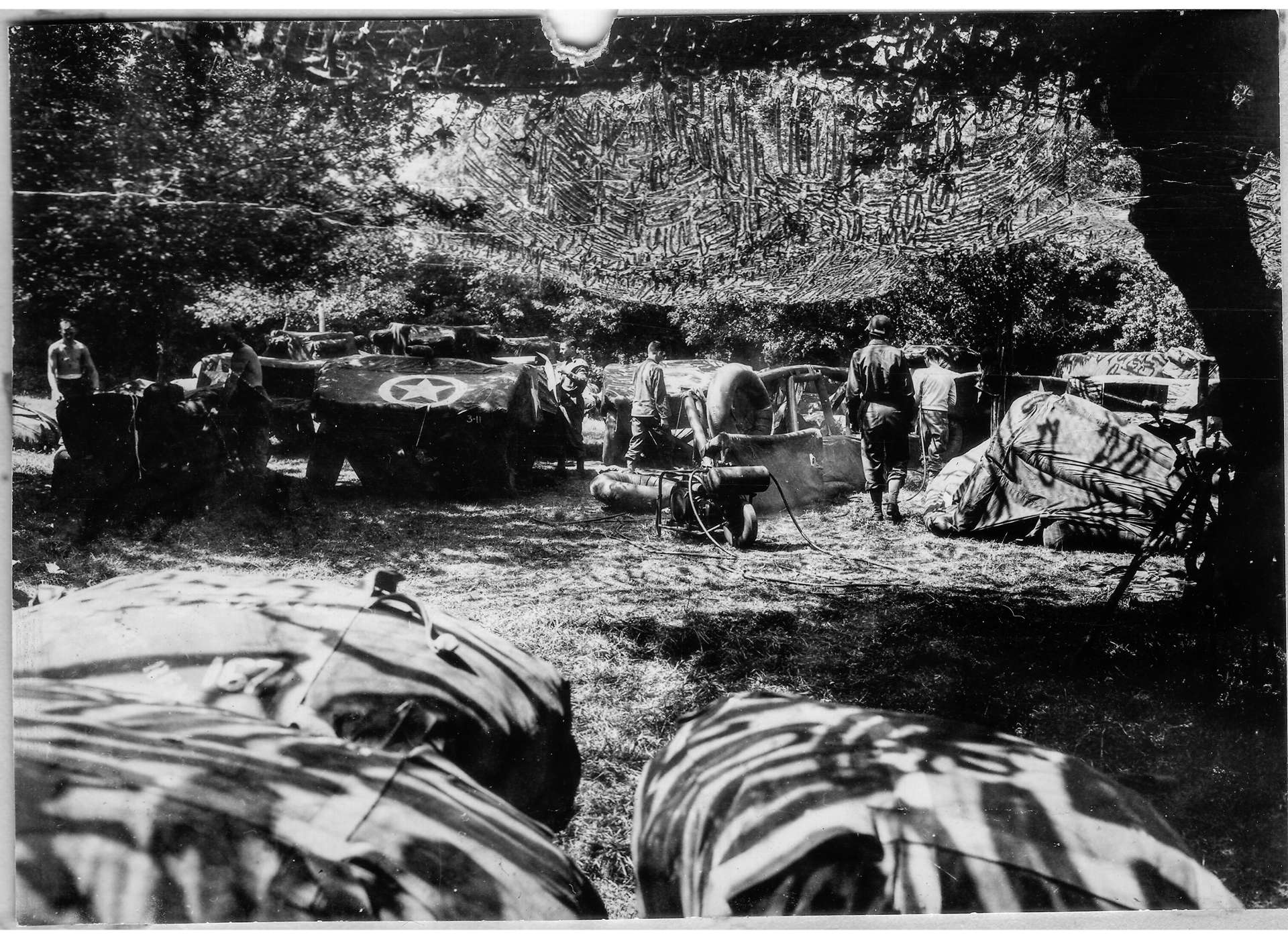
Source: U.S. National Archives
This unit used the literal art of war, saving the lives of thousands of American servicemen by using visual, sonic, and radio deception to fool German forces during World War II’s final year.
How Did the Ghost Army Start?
According to The National WWII Museum, the unit was a brainchild project of Colonel Billy Harris and Major Ralph Ingersoll, who believed in creating a group of military men who used the power of theater to scare others from attacking.
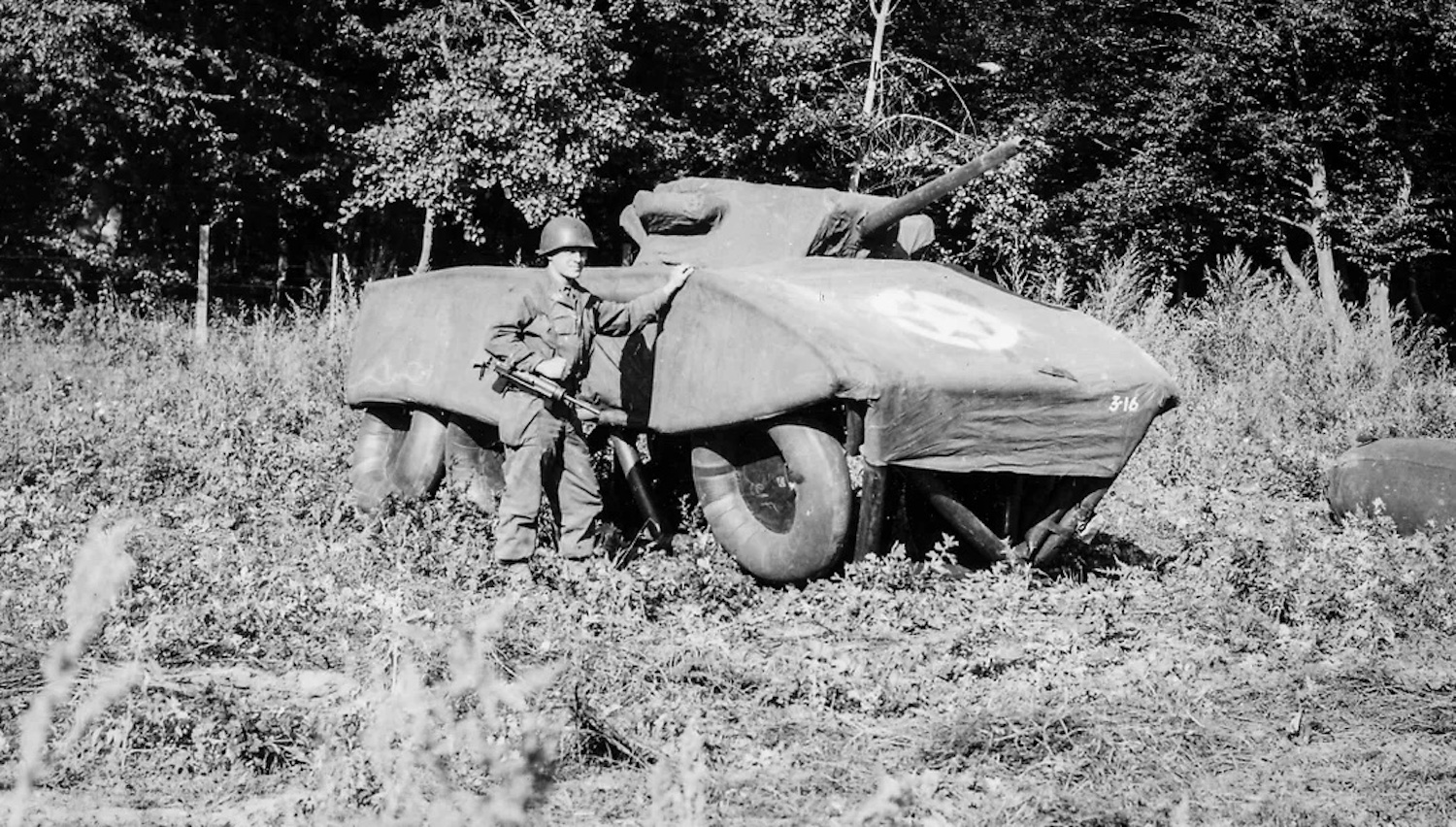
Source: The Ghost Army Legacy Project
Ghost Army member Freddy Fox described his unit as “a traveling road show that went up and down the front lines impersonating the real fighting outfits.”
Who Were Notable Members of the Ghost Army?
Art Kane, Ellsworth Kelly, and Bill Blass, a fashion designer, painter, and photographer respectively, were among the members of the unit comprising artists, engineers, and professional soldiers drafted into the war.
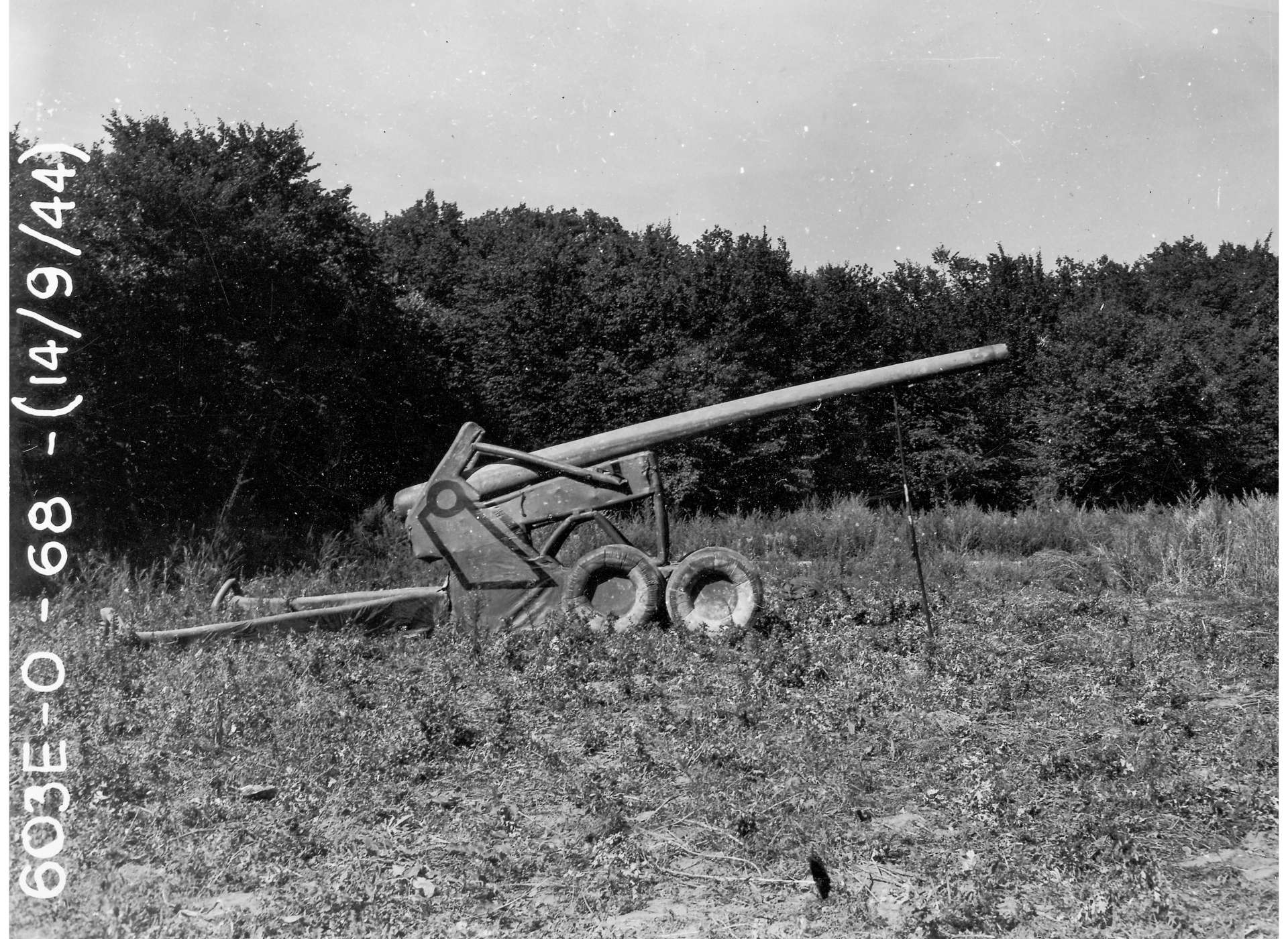
Source: U.S. National Archives
Many Ghost Army members graduated from West Point, and the unit boasted one of the highest IQ averages in the Army, averaging 119.
The Tricks Used by the Ghost Army
Camouflage was the name of the Ghost Army’s game. The unit used gasoline-fueled air compressors to inflate rubber tanks, jeeps, trucks, artillery, and aircraft that artists painted with details that were authentic enough to deceive Nazi aerial reconnaissance, according to a December 6, 1945 report in The Meriden Daily Journal.
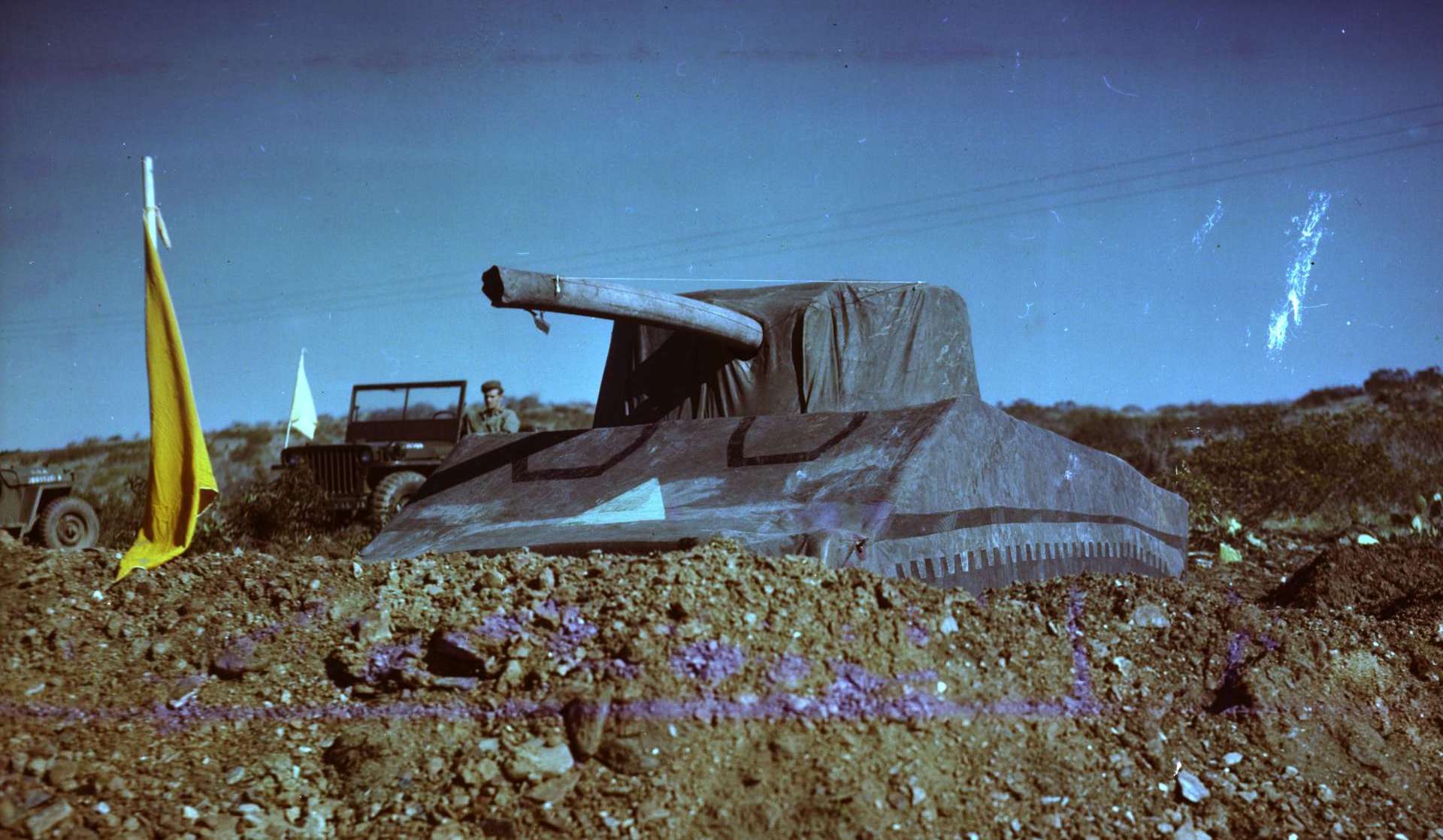
Source: U.S. National Archives
Radio specialists would send misleading communications or mimic operators’ unique styles of speech to add authenticity to their fake reports.
The Ghost Army Was Vital at the End of WWII
From D-Day to the Battle of the Bulge, the Ghost Army went on more than 20 missions and held the line by employing inflatable decoys, fake radio chatter, and loudspeakers that blared sound effects.
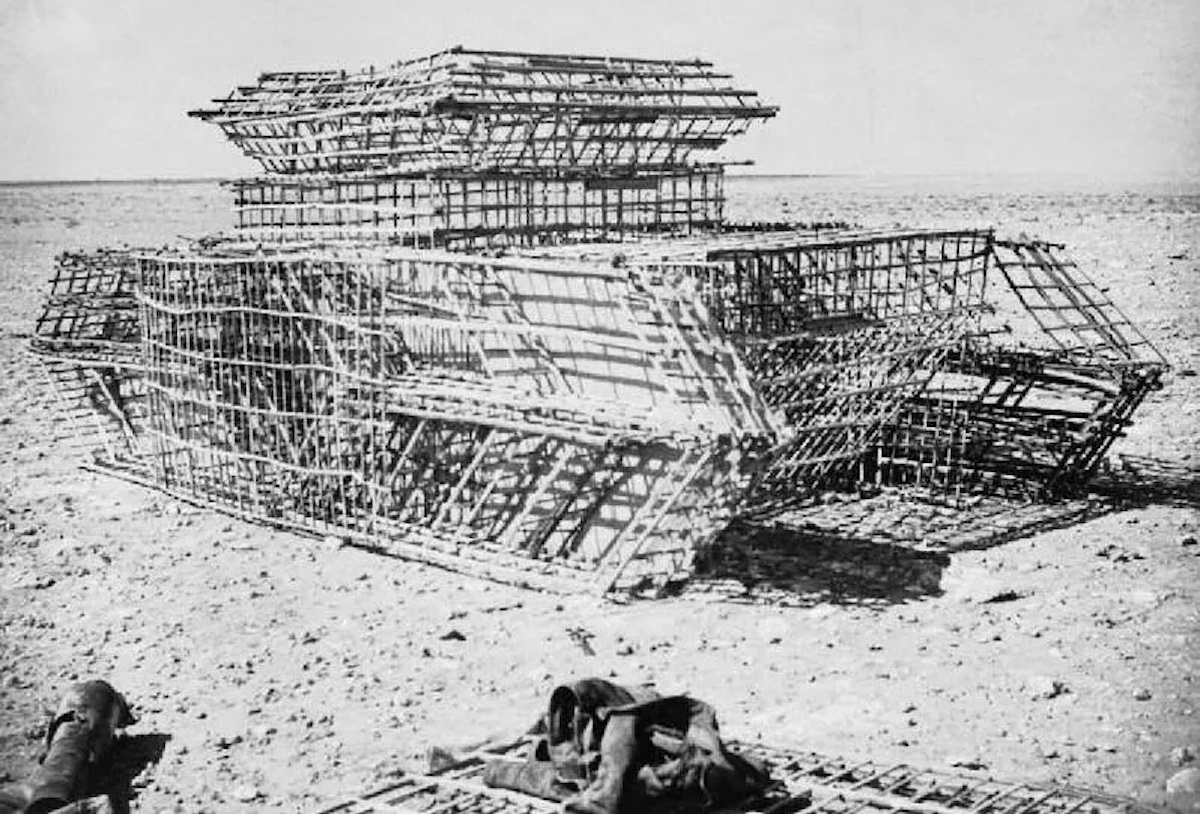
Source: Wikimedia Commons
The small unit made it seem like there were more fighting men and artillery just out of sight and ready to strike. “Rarely, if ever, has there been a group of such a few men which had so great an influence on the outcome of a major military campaign,” declared a U.S. Army report.
The Ghost Army Was an Odd Duck in the Military
Adapting to the Ghost Army’s tactics was difficult for officers who were used to fighting with real weapons. “Officers who had once commanded 32-ton tanks felt frustrated and helpless with a battalion of rubber M4s–93 pounds fully inflated,” wrote Capt. Fred Fox for “Ghost Army Legacy Project” (via Military.com).

Source: The Ghost Army Legacy Project
Fox continued: “The adjustment from man of action to man of wile was most difficult. Few realized at first that one could spend just as much energy pretending to fight as actually fighting.”
Keeping the Deception a Secret
The then Pvt. Arthur Shilstone, who would become an acclaimed illustrator and watercolor artist who did the album covers for Billie Holiday and Aaron Copland after the war, told Smithsonian magazine about the time two Frenchmen on bicycles watched in question as four troops hoisted an inflatable Shermans onto the shoulders to move it to another spot.
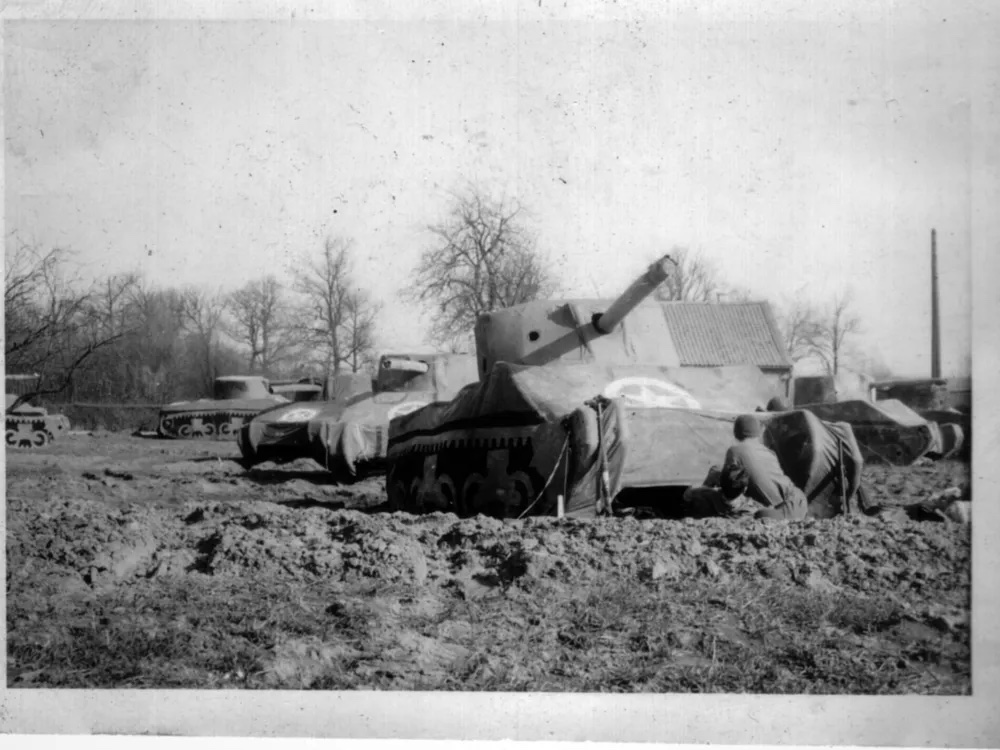
Source: U.S. National Archives
“[The Frenchmen] looked at me, and they were looking for answers, and I finally said: ‘The Americans are very strong,’” Shilstone said.
The Last Mission of the Ghost Army
The Ghost Army was responsible for helping the U.S. throughout its time in Europe. In December 1944, Gen. George Patton called on the 23rd to use their techniques to create radio traffic to mask the Third Army’s race “to break through to the 101st Airborne and elements of 10th Armored Division in the besieged Belgian town of Bastogne,” according to the text of the bill awarding the Congressional Gold Medal to the 23rd.
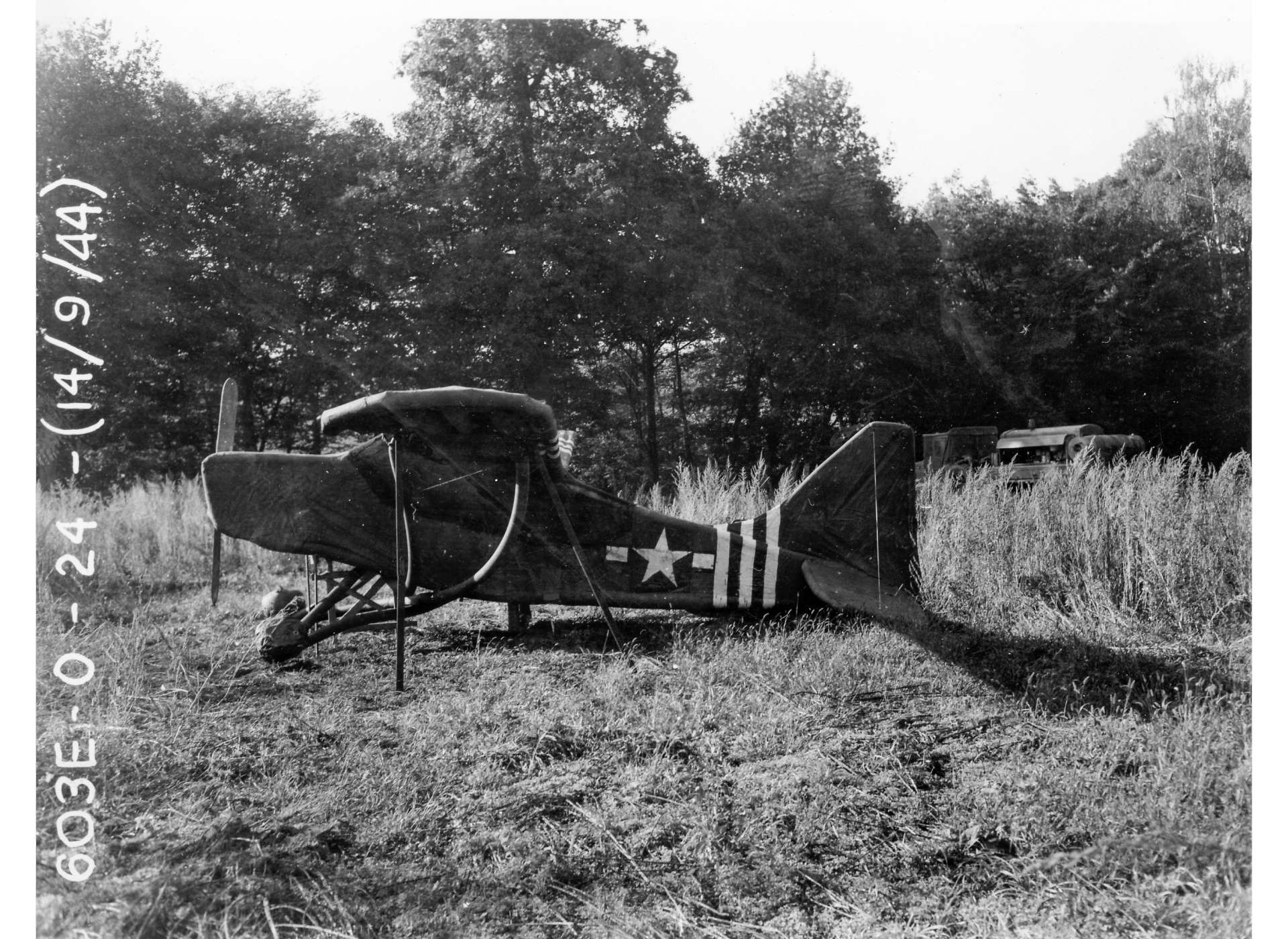
Source: U.S. National Archives
The unit’s last mission, Operation Viersen, took place in March 1945. The 23rd conducted a massive tactical deception and drew German forces down the Rhine River away from the U.S. Ninth Army. This allowed the Ninth Army to cross the Rhine into Germany.
The Ghost Army Is Publicly Talked About for the First Time
The Ghost Army largely went uncredited for their wartime efforts because they were sworn to secrecy, authorities classified records, and personnel promptly packed away equipment. The only remaining evidence of the unit’s existence was a newspaper article right after the war.
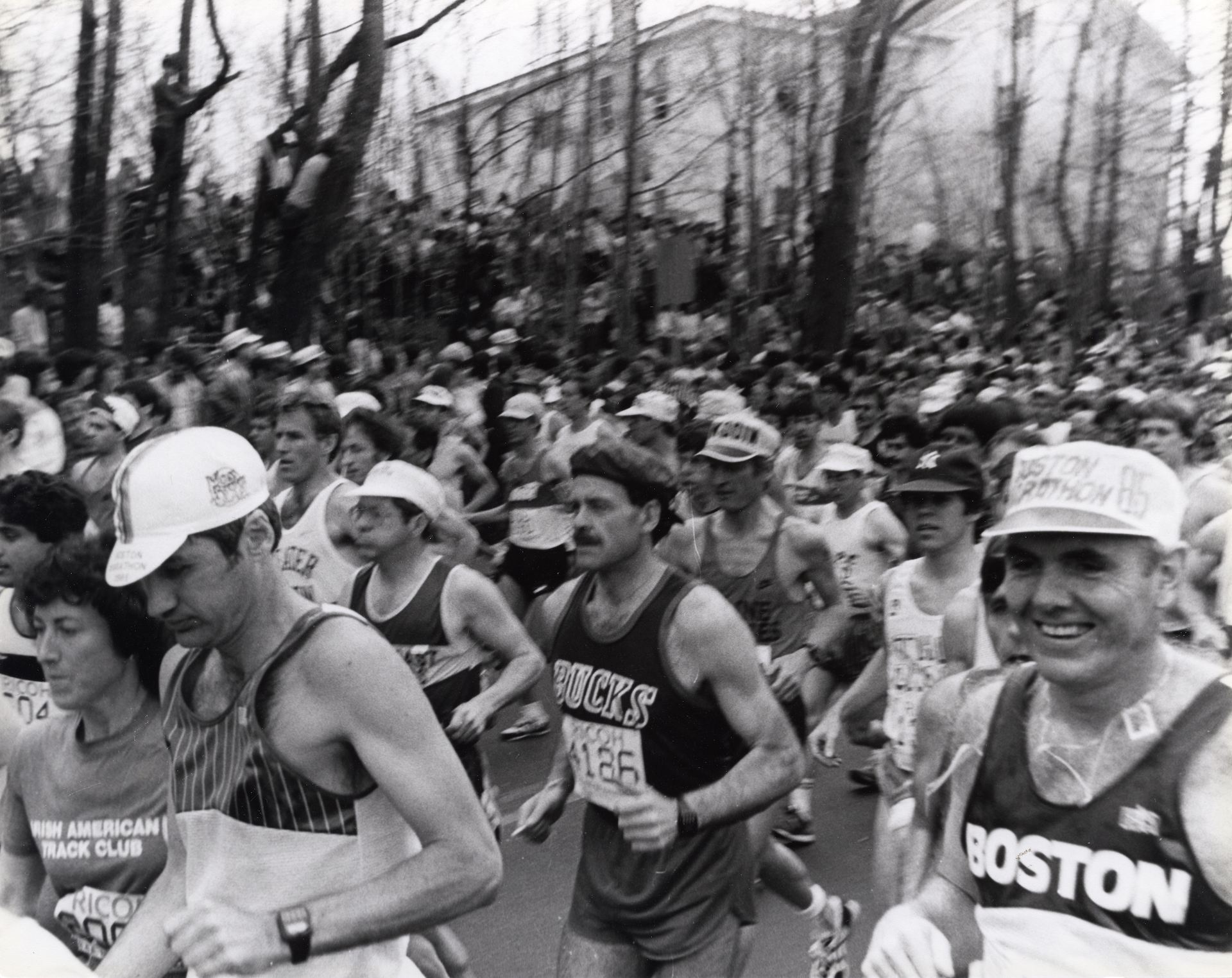
Source: Wikimedia Commons
No one spoke about the Ghost Army until 1985 when a Smithsonian article brought their existence to the public. However, documents and other evidence of the unit’s time in service remained classified until the mid-1990s.
President Joe Biden Is Rewarding Surviving Members
Now with the information available to the world, the U.S. is ready to celebrate these masters of illusion. President Joe Biden signed the Ghost Army Congressional Gold Medal Act in February 2022. It will present the medals to the last surviving Ghost Army members at a ceremony on March 21 at Capitol Hill.
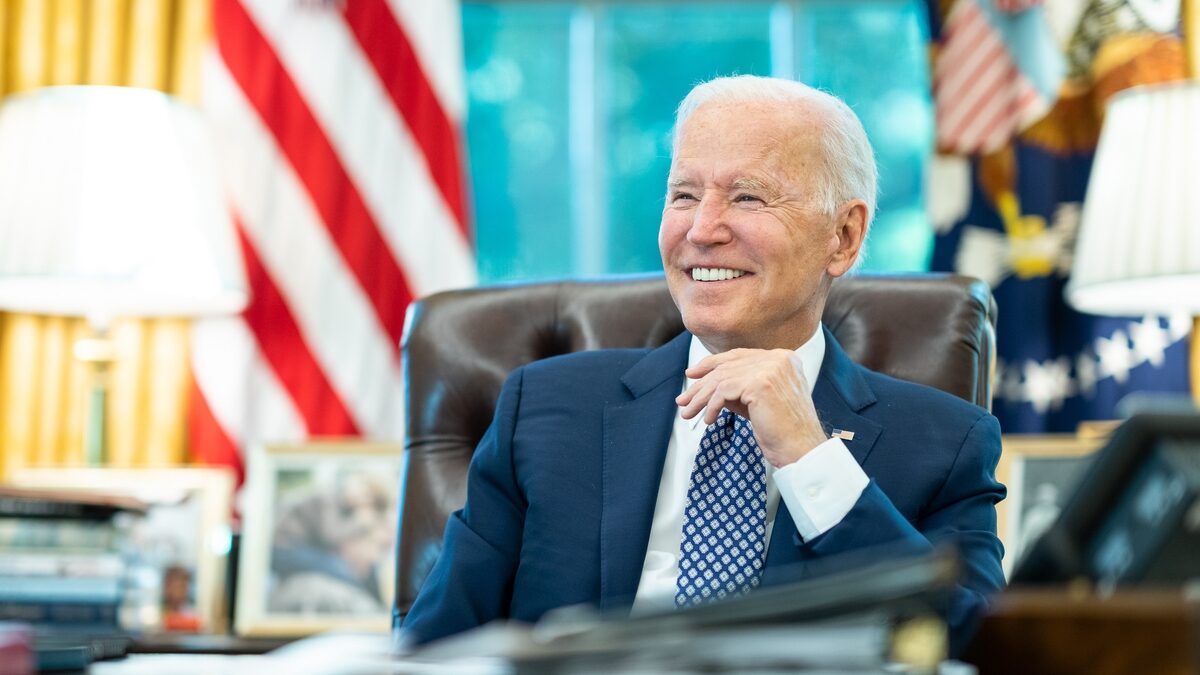
Source: Adam Schultz/Pexels
“What made the Ghost Army special was not just their extraordinary courage, but their creativity,” Rep. Annie Kuster, D-N.H., sponsor of the House bill that authorized the medal, said in a statement.
Valiant, If Not a Little Unorthodox, Efforts of the Ghost Army
“The United States is eternally grateful to the soldiers of the 23d Headquarters Special Troops and the 3133d Signal Service Company for their proficient use of innovative tactics during World War II, which saved lives and made significant contributions to the defeat of the Axis powers,” the act says.
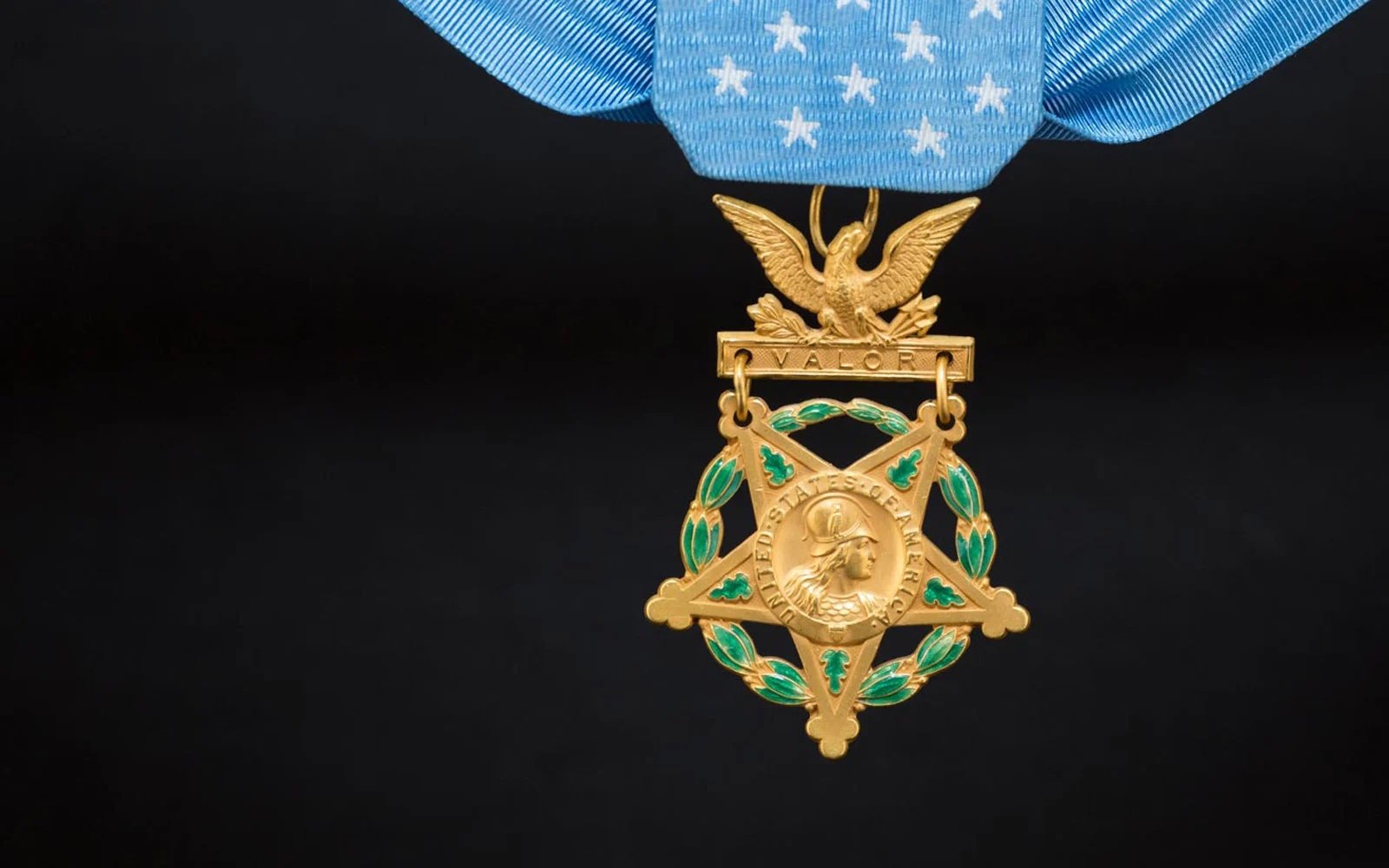
Source: Congressional Medal of Honor Society
After more than 75 years, the U.S. recognizes the Ghost Army for its valiant, if unorthodox, efforts in WWII.
